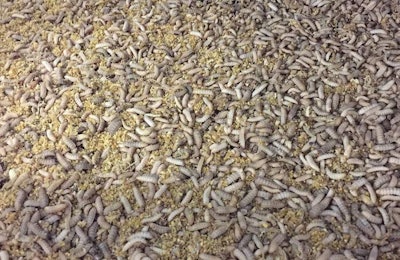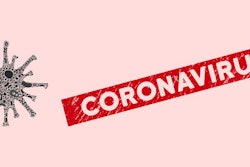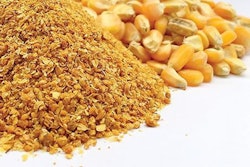
Without effective automated feeders, engineer says, growth of insect production is limited
The production of insects for insect meal and other protein product remains a costly, labor-intensive process. Dutch manufacturing firm VDL Agrotech hopes the development of automated feeders, similar to those available for other species, will help insect proteins become competitive.
Insect feed is in demand as an alternative protein for animal feed, and as a means of reducing the environmental impact of animal agriculture as part of the “circular economy” strategy favored by initiatives such as the EU’s Green Deal. But many insect breeders have found the need for labor is causing their operations to plateau despite the desire for growth, according to Tim van Heertum, a project engineer at VDL Agrotech.
Several insect breeders have already approached VDL Agrotech about the need for automated insect feeders. But while this sort of technology is already widely available for animal producers, the solution for insect production will look a little different, according to van Heertum, who is working to develop an insect feeding solution.
Insects may be raised in enclosed environments like other species for which production is already highly automated — chickens, for example. But there are two key differences to take into consideration, van Heertum said. Insects, unlike chickens, won’t walk up to a dispenser to be fed. And the food they eat, he said, typically has an unusual consistency that makes it hard to work with.
Rather than being a dry, solid feed or a liquid feed, feed for insects tends to have a sticky, gelatinous structure.
On top of finding a machine capable of delivering and metering this slurry, van Heertum said he’s working with designs that bring the insects to the feed, rather than bringing the feed to the insects.
“The worms are not so mobile and it’s a different kind of animal, so it requires a different approach,” van Heertum said.
Existing insect farms, he said, often consist of large crates of insect set up in a warehouse, and employees of the operation must walk to each of the crates to distribute the feed. VDL Agrotech is envisioning an opposite approach — using a conveyor belt or some sort of apparatus to bring the insects to the feeder.
Van Heertum said he’d also like to integrate features that will keep costs low for producers, such as using a modular design to make upgrades and repairs more efficient.
Although the global coronavirus (COVID-19) pandemic has slowed research and development in many sectors, van Heertum said interest in funding the development of the feeders remains stable, driven by the growing need in the industry and regulatory interest in protein alternatives.
“You have to pick the right time to come up with something like this,” van Heertum said, “and we think this is the right time.”










